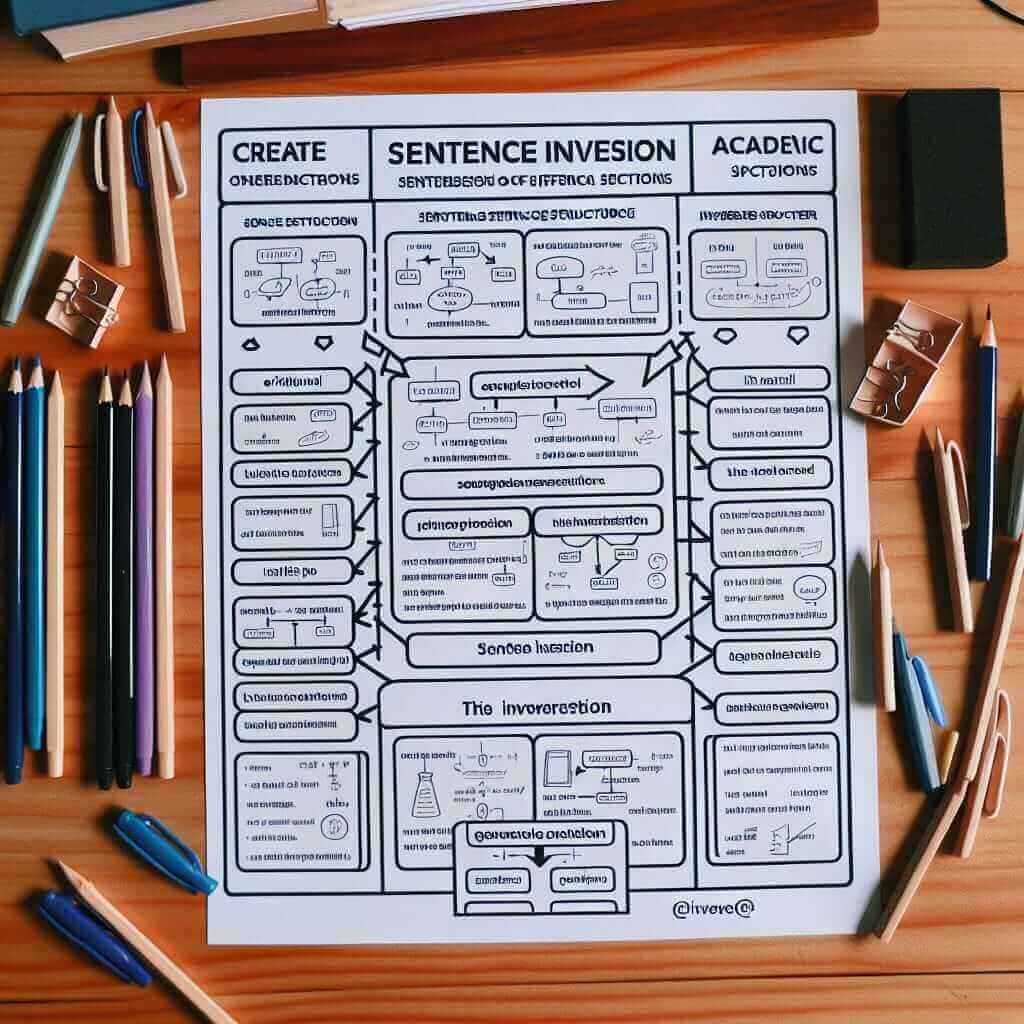Have you ever come across sentences like “So captivating was the view that I forgot to take a picture”? This structure, known as inversion, might seem unusual at first, but it’s a powerful tool to elevate your IELTS writing and speaking, demonstrating a sophisticated grasp of English grammar.
Let’s take a look at some examples of how inversion can be used in different sections of the IELTS exam:
Speaking (Part 3):
“Why do you think preserving historical sites is important?”
“Not only do historical sites offer insights into the past, but they also serve as a bridge to the present. So essential is their preservation that we must prioritize it for future generations.”
Writing (Task 2):
“Some argue that globalization leads to cultural homogenization. So significant is this concern that it warrants a thorough examination of the impact of globalization on local traditions.”
Listening (Section 4):
(From a lecture on environmental conservation)
“The Amazon rainforest plays a crucial role in regulating the Earth’s climate. So vital is its protection that immediate action is required to combat deforestation.”
In each of these examples, inversion adds emphasis and a touch of formality. Now, let’s delve deeper into understanding and utilizing this grammatical structure effectively.
Understanding Inversion
Inversion, in simple terms, involves reversing the typical subject-verb order in a sentence. While we usually say “This step is so essential,” inversion allows us to emphasize “so essential” by placing it at the beginning: “So essential is this step.”
The Formula and Its Application
The basic formula for this type of inversion is:
So + adjective/adverb + auxiliary verb (be/do/have) + subject + main verb
Application in IELTS:
- Writing (Task 2): To present arguments emphatically and showcase a wider range of grammatical structures.
- Speaking (Part 2 & 3): To deliver impactful descriptions and elaborate on opinions convincingly.
- Listening: Understanding this structure helps in comprehending complex sentences often found in lectures or academic discussions.
Mastering Inversion with Examples
Let’s break down the use of inversion further with specific examples for each IELTS section:
1. Writing (Task 2)
Topic: The impact of technology on education.
Example: “Technology has undoubtedly revolutionized education. Online learning platforms, for instance, have made knowledge accessible to a wider audience. So profound is its impact that we can anticipate a future where traditional classrooms might become obsolete.”
Analysis: Here, “So profound is its impact” emphasizes the significant influence of technology on education, creating a strong argumentative point.
2. Speaking (Part 3)
Topic: The importance of museums.
Example: “Museums are not merely repositories of artifacts; they are dynamic spaces for learning and cultural exchange. So crucial is their role in society that governments should allocate sufficient funding to ensure their maintenance and accessibility.”
Analysis: The inverted structure emphasizes the crucial role of museums, making the speaker’s viewpoint more persuasive.
3. Listening
Example: (From a lecture on climate change) “The melting of polar ice caps is a direct consequence of rising global temperatures. So alarming is the rate of melting that scientists predict a significant rise in sea levels within this century.”
Analysis: Understanding this inversion helps the listener grasp the severity of the situation and the urgency highlighted by the speaker.

Achieving a Higher Band Score
While using “so… that” is grammatically correct, inversion adds a layer of sophistication. Here’s how it elevates your score:
- Grammatical Range and Accuracy: Demonstrates mastery over complex grammatical structures.
- Lexical Resource: Often, inversion is paired with more formal vocabulary, showcasing a wider range of words.
- Coherence and Cohesion: Used strategically, it creates a better flow and enhances the readability of your writing and speaking.
Common Errors and How to Avoid Them
While inversion can be impressive, incorrect usage can lower your score. Here are common pitfalls:
- Incorrect word order: Ensure you follow the formula diligently.
- Overuse: Use inversion sparingly for emphasis, not in every sentence.
- Informal Context: Inversion is generally more formal; avoid using it in casual contexts.
Conclusion
Mastering inversion, specifically structures like “So essential is this step that…”, equips you with a valuable tool to enhance your IELTS performance. Remember to practice implementing it in various contexts, pay attention to the correct word order, and use it judiciously. With consistent effort, you’ll be able to wield this grammatical structure effectively, impressing examiners and boosting your confidence on exam day!